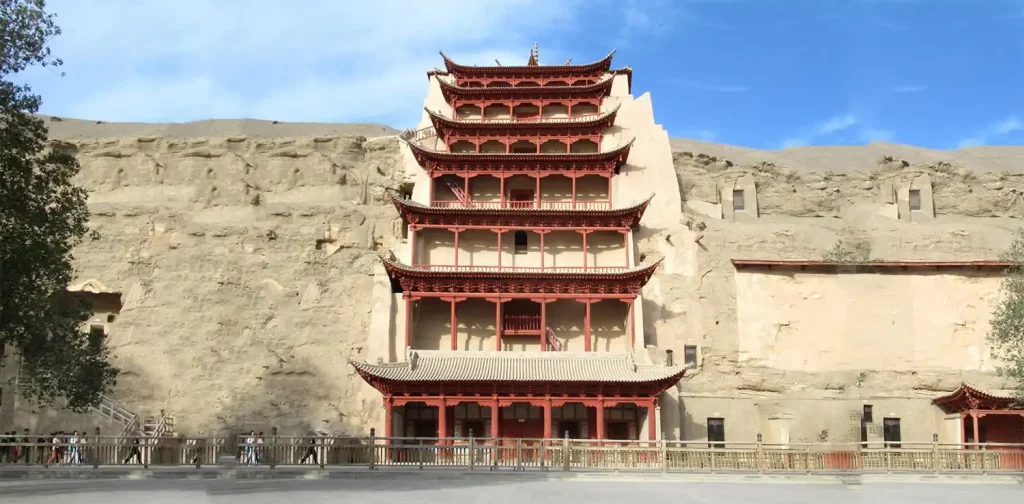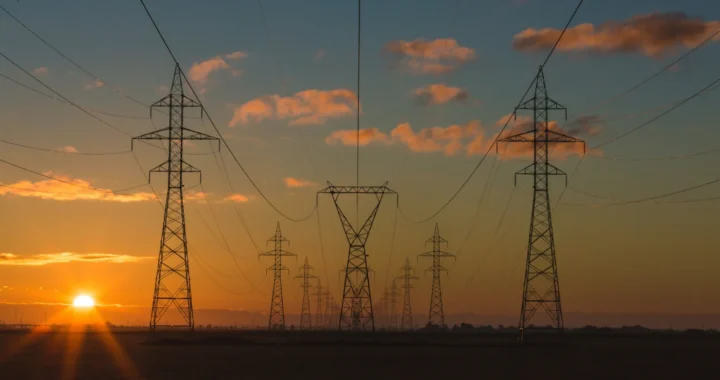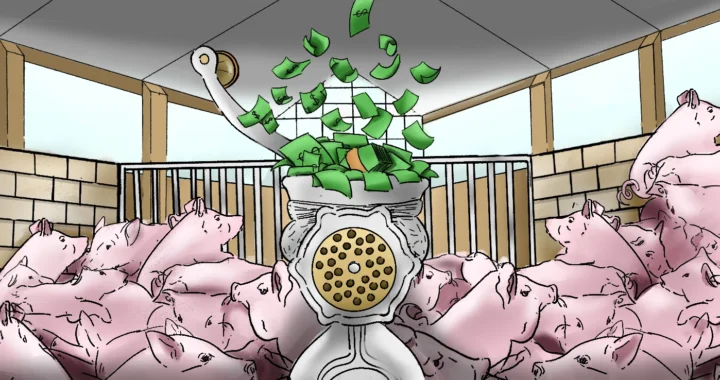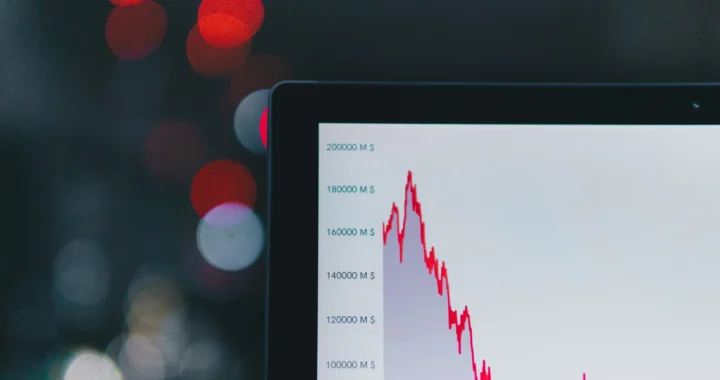In China, the Mogao Caves Suffer the Impacts of Climate Change

Photo: David Stanley on Flickr.
The city of Dunhuang is located in Gansu Province, West China. Decades ago, it was one of the major stops for merchants traveling along the Silk Road trade routes. The Mogao Caves in the southern part of Dunhuang are considered a treasured heritage due to their historical significance in Buddhist art and culture. Unfortunately, researchers have found that climate change is threatening the ancient relics in China.
The Mogao Caves
First constructed in 366 AD, the Mogao Caves are considered the world’s largest, richest, and longest site for Buddhist art. It currently houses 492 caves containing 45,000 square meters of murals and more than 2,000 painted sculptures of Buddhist art from the 4th to the 14th century. The Mogao Caves are also listed in UNESCO World Heritage Sites.
Unfortunately, cultural heritage conservation experts from the Dunhuang Research Academy and climate scientists from Greenpeace East Asia recently discovered that climate change has impacted the Mogao Caves. During the ongoing nationwide cultural heritage survey by China’s National Cultural Heritage Administration, the researchers found that the site is threatened by unprecedented extreme rainfall after centuries of dry desert conditions.
Extreme rainfall & damages
Since 2000, the Gansu province has been experiencing an increase in total rainfall and a decrease in the number of days with rain. This results in cases of more extreme rainfall. The researchers use local meteorological standards, which define extreme rainfall as having a 10-30mm precipitation rate in a day in different parts of Gansu. Meteorological records also show that the average temperature increased by 0.28°C every 10 years between 1961 and 2021, faster than the global average.
The paintings in Mogao Caves face high risk due to the changing climate pattern. The increasing humidity and salt crystallization cause the paint to flake and detach from the wall. Furthermore, the extreme rainfalls also caused flash floods, mudslides, and cave collapse. The rainwater also seeps through the cracks and leaks into the cave, causing direct damage to the paintings. Additionally, the temples in Zhangye City, still within the Gansu province, also suffer a similar fate as the ones in Dunhuang.
“As the climate goes out of whack, deserts see downpours while farmlands get drought. Gansu is famous for its caves and the art stored inside them for centuries. Increased bouts of rainfall in the desert pose an acute risk. Spikes in humidity, flash floods, and cave-ins are already happening. And by the time this cultural heritage survey is finished, some artifacts could already be gone,” said Li Zhao, a senior researcher in Greenpeace East Asia’s Beijing office.
Climate change and cultural heritage
Climate change has been highlighted for its potential impacts on cultural heritage sites worldwide. In its Climate Change and World Heritage Report, UNESCO shares that the changing climate and its effects, such as rising sea levels and increasing soil temperatures, pose physical threats to the preserved ancient buildings and sites. Furthermore, climate change can also socially and culturally impact the community around the sites.
The climate change-related damages in the Mogao Caves serve as a reminder that cultural heritage is vital in climate change efforts. Preserving the cultural heritage sites against the ever-changing world also means keeping the decades worth of our predecessors’ cultural and social history for future generations to see and learn from.
Editor: Nazalea Kusuma

If you find this content useful, please consider subscribing to Green Network Asia.
Your subscription will give you access to our interdisciplinary and cross-sectoral insights on sustainability-related issues and sustainable development across the Asia Pacific and beyond, strengthening your personal and professional development while supporting GNA’s financial capacity to continue publishing content dedicated to public education and multi-stakeholder advocacy.
Select Your Subscription Plan
Kresentia Madina
Madina is the Assistant Manager for Digital Publications at Green Network Asia. She graduated from Universitas Indonesia with a bachelor's degree in English Literature. She has three years of professional experience working on GNA international digital publications, programs, and partnerships particularly on social and cultural issues.


 Air Pollution Is Linked to Higher Dementia Risk
Air Pollution Is Linked to Higher Dementia Risk  Developing Financing Initiatives for the ASEAN Power Grid
Developing Financing Initiatives for the ASEAN Power Grid  Imparting Actionable Knowledge Through Sustainability Training Activities
Imparting Actionable Knowledge Through Sustainability Training Activities  Stop Funding Factory Farming in Vietnam: Pathway to Financing a Just and Sustainable Food System
Stop Funding Factory Farming in Vietnam: Pathway to Financing a Just and Sustainable Food System  When Green Turns Excessive: The Overproduction and Overconsumption of Reusables
When Green Turns Excessive: The Overproduction and Overconsumption of Reusables  SDG Venture Scaler Aims to Drive Sustainable Investment in Southeast Asia
SDG Venture Scaler Aims to Drive Sustainable Investment in Southeast Asia